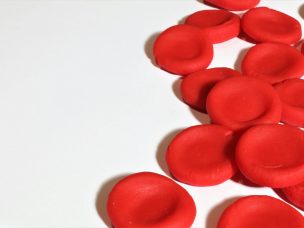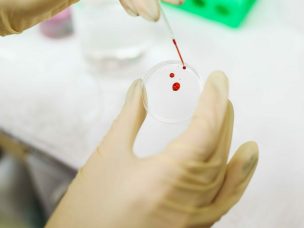In this MD Newsline exclusive interview with hematologist/oncologist Dr. Cheryl Mensah, we discuss diagnostic and treatment disparities in sickle cell disease and the role of implicit bias. We also discuss how hematologists can help rectify sickle cell disease disparities.
MD Newsline:
What disparities in sickle cell disease diagnosis and treatment have you observed in your clinical practice?
Dr. Cheryl Mensah:
“So there are disparities in diagnosis and treatment among patients with sickle cell disease. In practice, I’ve observed disparities dealing with diagnosis, insurance, stigma among providers, and patient education. Many patients aren’t aware of [all the] sickle cell treatments. Besides pain medication, many patients don’t know about all the different treatments that we have to offer.
Also, a lot of patients are unaware of the screening that needs to take place to prevent organ damage and prevent long-term complications from their disease.”
MD Newsline:
How can hematologists address implicit bias in their practice? How might their doing so improve healthcare for underserved communities?
Dr. Cheryl Mensah:
“So hematologists can address implicit bias by educating providers, administrators, and their institutions about the nature of sickle cell disease and how it affects these patients and their treatments. I think many providers are unaware that there is no objective test to diagnose a sickle cell crisis. This [lack of knowledge] can lead to patients being misdiagnosed or not believed when it comes to their sickle cell crisis and their pain.
And so, by improving education among providers on every level, patients may have better treatment and better outcomes when they seek care from the healthcare community.”
MD Newsline:
How would you recommend hematologists help rectify sickle cell disease disparities?
Dr. Cheryl Mensah:
“So for hematologists who are interested in rectifying sickle cell disease disparities, they should reach out to patient advocacy organizations. There should be more discussions between the healthcare providers and different patient advocacy organizations about what the expectations and desires are from the healthcare providers’ institutions.
Also, I believe that hematologists could reach out to legislators and the administrators at their institutions to find ways of getting more funding at the state and federal levels to help improve health care for patients with sickle cell disease.”
Responses have been condensed and lightly edited.










